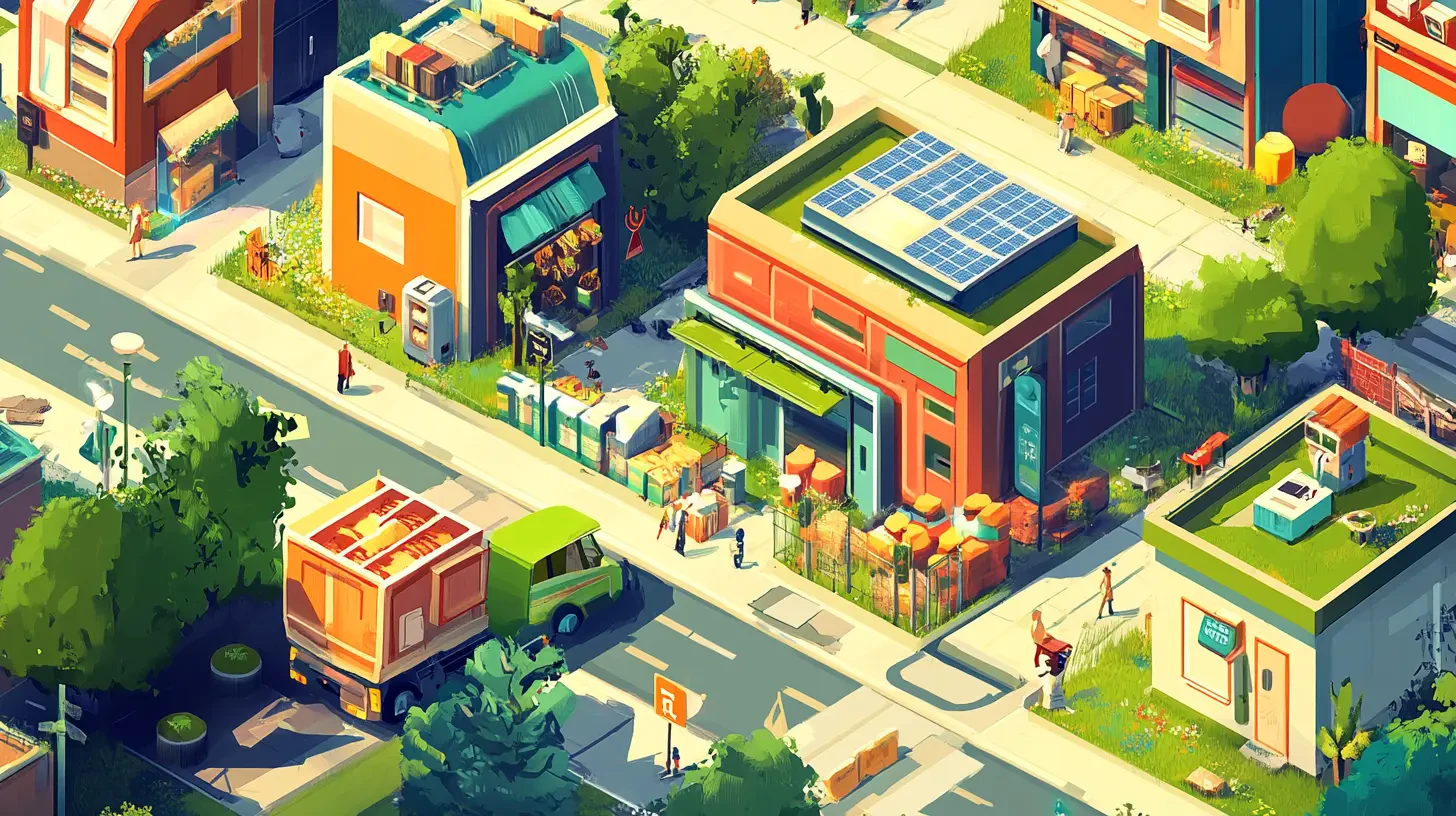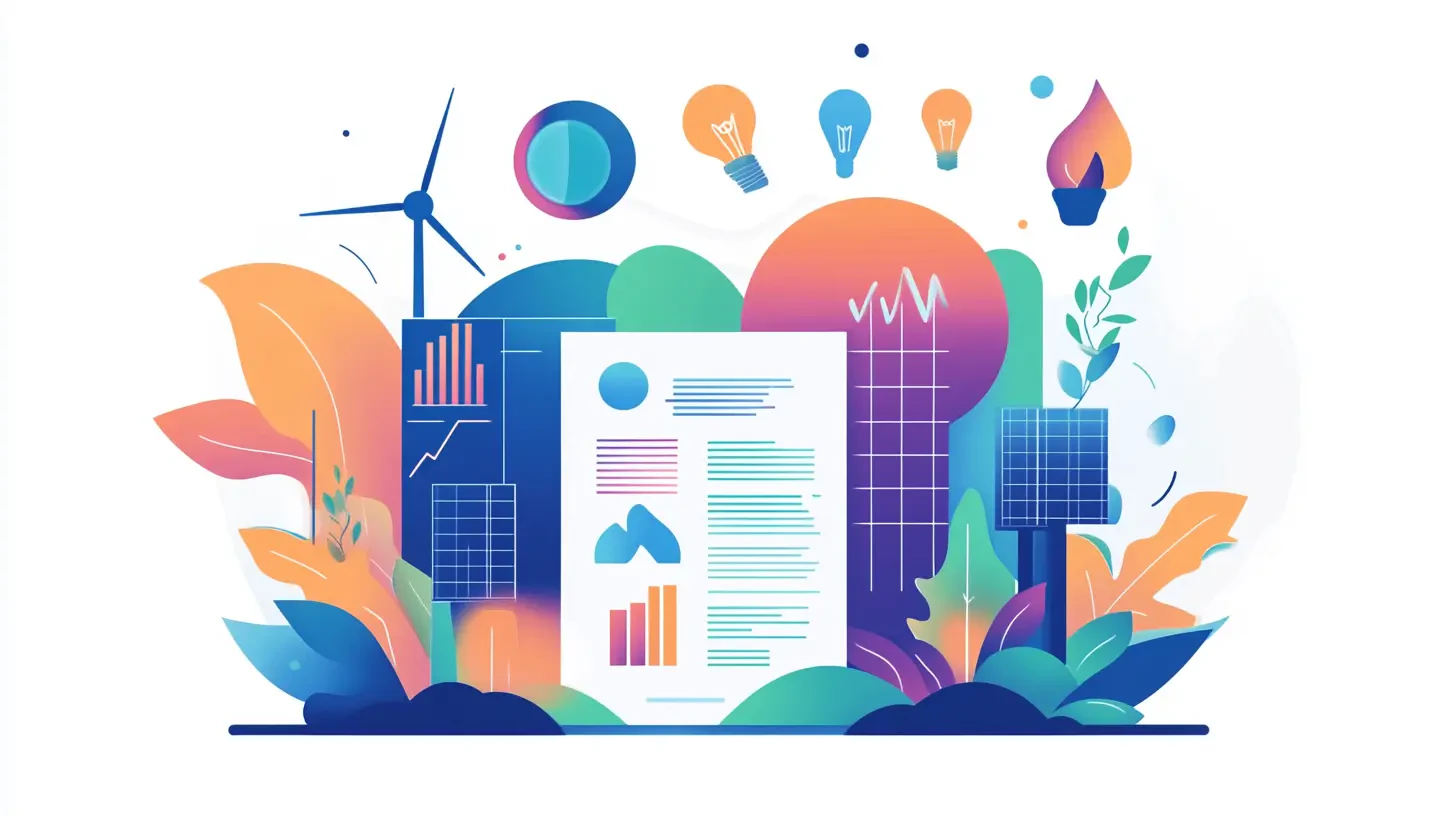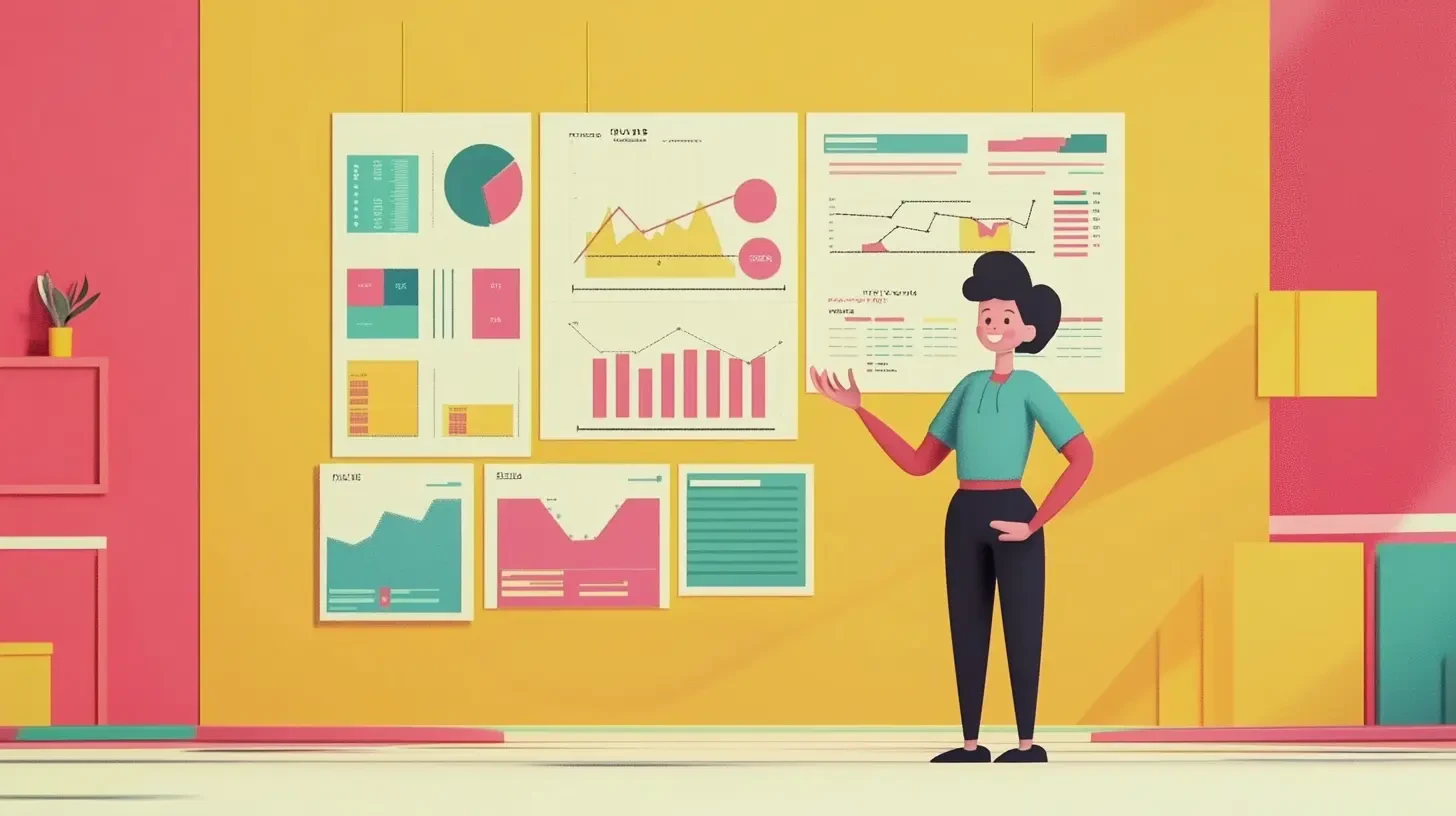What is the Circular Economy? The Circular Economy Concept That Transforms Business and Creates Sustainability

Meaning of Circular Economy
The Circular Economy is a systemic approach to designing processes, products, services, and business models with a focus on maximizing resource efficiency and minimizing waste. This concept aims to decouple economic activities from the consumption of finite resources and to design waste out of the system.
The circular economy is distinctly different from the linear economy, which follows the traditional "take-make-consume-throw away" model. In a linear economy, natural resources are extracted, processed into products, consumed, and ultimately discarded as waste. This approach often relies on high material and energy consumption to maximize production, encourages mass consumption, and results in significant waste generation.
In contrast, the circular economy emphasizes extending the lifespan of products for as long as possible through activities such as sharing, leasing, reusing, repairing, refurbishing, and recycling. By implementing these strategies, the demand for new raw materials is reduced, and waste accumulation is slowed.
Transitioning from a linear to a circular economy not only helps mitigate environmental impact but also creates new business opportunities and promotes long-term sustainable development. The focus is on balancing economic growth with the conservation of natural resources.
Key Principles of the Circular Economy
The Circular Economy is driven by three core principles that serve as its foundation.1. Eliminating Waste and Pollution
This principle emphasizes designing and planning from the outset to reduce waste and pollution. It focuses on efficient resource utilization and the selection of environmentally friendly materials. Examples include:
- Designing products for easy disassembly to facilitate repair and recycling
- Using biodegradable or reusable packaging
- Developing production processes that minimize emissions and waste
This principle aims to maintain the value of resources and products within the system for as long as possible by promoting reuse, repair, refurbishment, and recycling. Implementation strategies include:
- Developing product rental or sharing systems (Product-as-a-Service)
- Establishing take-back systems for old products for reuse or recycling
- Advancing high-efficiency recycling technologies
This principle focuses on balancing resource consumption with ecosystem restoration by utilizing renewable resources and generating positive environmental impacts. Examples of implementation include:
- Using renewable energy in production processes
- Promoting sustainable agriculture that restores soil and ecosystems
- Developing biodegradable products that contribute to ecosystem health
Applying these principles in product and business system design is known as Eco-Design, a design approach that considers environmental impacts throughout a product’s life cycle. Eco-Design follows the 4R principles: Reduce, Reuse, Recycle, and Repair, ensuring alignment with the circular economy concept.
The implementation of circular economy principles not only reduces environmental impact but also creates new business opportunities and fosters long-term sustainable development. By balancing economic growth with resource conservation, transitioning to a circular economy is key to addressing environmental challenges and ensuring sustainable economic development in the future.
Importance and Benefits
The circular economy plays a crucial role in addressing today's global challenges and offers significant benefits to the environment, economy, and society, as outlined below.Environmental Benefits
- Slows down the depletion of natural resources and production inputs, helping to preserve biodiversity.
- Reduces greenhouse gas and carbon emissions.
- Decreases the amount of waste sent to landfills or incinerators.
- Supports the transition to renewable energy instead of fossil fuels.
- Creates new business opportunities, such as repair services, recycling, and clean technology development.
- Lowers production costs and enhances resource efficiency.
- Encourages the development of relevant innovations.
- Reduces supply chain risks in manufacturing industries, such as price fluctuations of raw materials.
- Generates new employment opportunities across various industries.
- Improves the quality of life by fostering a healthier environment.
- Promotes long-term sustainable development.
Examples of Circular Economy Applications
The concept of a circular economy can be applied across various sectors and in daily life. Here are some concrete examples:Industrial Sector
- Moreloop (Thailand): This Thai brand has developed an online platform to resell surplus fabric from factories, repurposing it into clothing and bags, thereby adding value to leftover materials.
- Philips: The company has developed a circular economy business model for building lighting systems and medical equipment.
- IKEA: The furniture giant manufactures products using recycled PET plastic bottles and wood while powering its stores with solar and wind energy.
- Designing products to be smaller and require fewer resources.
- Optimizing production efficiency to minimize waste.
- Using Mold Array Processing technology to reduce waste in semiconductor component manufacturing.
- Reusing trays and reels for holding components during production.
- Replacing wooden packaging with cardboard boxes to reduce packaging materials and transport weight.
- Separating acidic and alkaline chemicals from production processes to adjust pH levels in wastewater treatment systems.
- Reusing old silica gel to absorb moisture in electrical cabinets.
- Properly sorting waste and sending specific types, such as milk cartons and plastic bottles, to designated recycling programs at shopping malls.
- Using personal reusable cups when purchasing beverages to reduce plastic cup usage.
- Maximizing the use of existing items before discarding them.
Challenges and Limitations
The transition to a circular economy in Thailand still faces several challenges and limitations, as outlined below:1. Legal and Policy Constraints
Currently, Thailand lacks specific legislation governing the circular economy, resulting in unclear operational guidelines and the absence of a designated authority with the power and responsibility to oversee implementation. Additionally, the tax system does not facilitate the promotion of the circular economy, as it primarily collects taxes based on wages or salaries from the labor sector without considering the cost of resource utilization.
2. Financial Constraints
Access to funding for promoting and managing circular economy initiatives remains difficult, particularly for small and medium-sized enterprises (SMEs). Existing environmental funds do not explicitly allow for direct support or promotion of circular economy activities.
3. Technological and Innovation Challenges
Thailand still lacks the necessary innovations for transitioning to a circular economy, such as technologies for extending product lifespan, product repair, and product disassembly.
4. Knowledge and Skills Limitations
Business sector personnel often lack clear knowledge of the circular economy, and only a limited number understand how to operate within this model. Moreover, there is a shortage of training programs and skill development initiatives to support the transition.
5. Challenges in Changing Consumer Behavior
Some consumer groups are unfamiliar with sustainable products and services, leading to reluctance in adopting them. Raising awareness and changing consumer behavior is a key challenge in promoting the circular economy.
6. Infrastructure Limitations
Waste management systems in Thailand remain inefficient, especially in tourist areas and various business establishments that lack comprehensive waste management services. This results in improper waste disposal and a lack of recycling and reuse.
7. Challenges in Supply Chain Integration
The Thai industrial sector lacks integration between clusters throughout the supply chain and has limited experience-sharing mechanisms among factories. Additionally, there is no centralized database on waste types and their potential for reuse within the circular economy framework.
8. High Transition Costs
Shifting to a circular economy may require substantial initial investment, such as upgrading machinery and equipment used in production processes or investing in research and development for environmentally friendly products and services.
Addressing these challenges and limitations requires collaboration from all sectors, including government agencies, private enterprises, and civil society. This collective effort should focus on developing policies, laws, technology, and public awareness to drive an efficient and sustainable transition toward a circular economy.
The circular economy is a crucial concept in addressing the issues of resource overuse and environmental impact. It focuses on maximizing resource efficiency and recycling materials for reuse. The benefits of a circular economy span environmental, economic, and social aspects, helping to reduce natural resource consumption, minimize waste and pollution, create new business opportunities, and promote sustainable development.
The application of circular economy principles can be implemented across various sectors, from industrial operations to everyday life. However, transitioning to a circular economy presents several challenges, including legal and policy constraints, access to funding, and the development of necessary technologies and innovations.
Successfully driving the circular economy requires collaboration from all sectors—government, private enterprises, and civil society—in developing policies, fostering innovation, and adapting production and consumption behaviors. Gaining knowledge and understanding from reliable sources can deepen awareness of the circular economy and enhance its effective implementation, contributing to a sustainable future for all.
About Optiwise
Optiwise offers Investor Relations & ESG consulting services, corporate website design, and IR website development. We also provide advisory services for initial public offerings (IPOs) and the preparation of essential documents for public companies. Additionally, our public relations efforts aim to build credibility and enhance the corporate image.
For more information about Optiwise's services, please contact us here.


